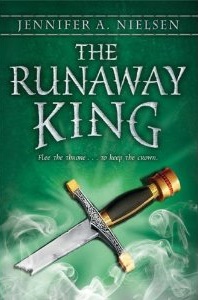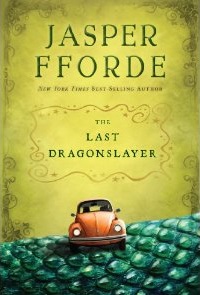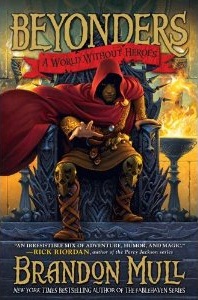
Title: The Girl and the Seven Thieves
Series: Twice Told Tales
Author: Olivia Snowe
Genre: Fairy Tale
Back Cover:
Once upon a time, Eira had it all: a fancy apartment, a rich father, people to drive her from place to place. And in this retelling of Snow White, Eira also has a stepmother who is wicked as could be. Eira’s stepmother tries to have her killed, but Eira finds seven thieves who are willing to help her …
Review:
I’m a fan of fairy tale retellings (or any kind of retelling, really), so when I discovered a new series of modern updated fairy tales, I jumped at it. There didn’t seem to be any sort of order to the series, so I just picked this one up at random.
What do I say about this book? Overall, it was disappointing.
I loved the idea. Eira has a super-mean stepmother who tries to have the chauffeur kill her, but the nice chauffeur lets her go. She runs into seven thieves who decide to help her – and it turns out her stepmother is really the Witch of Manhattan. Sounds absolutely fantastic.
But the execution left a lot to be desired. I can’t even discuss the characters because they weren’t characters – they were names on a page. It worked for minor characters like the chauffeur, but the thieves really needed something more. Especially the one Eira fell in love with.
The story started off strong, with great pacing and a strong setup. And then once Eira met the thieves, it just rushed through everything else. My thought process went something like, “oh, she’s going to stay with them. Hey, she’s cleaning up like in the original story. They said not to … evil chili! She just met him! Wait, it’s over?” If this had just been doubled in length, given a longer middle, a few subplots, and some more character development (especially for the thieves), I would be singing its praises right now.
The Girl and the Seven Thieves was actually really disappointing because the idea was so great. But it was so, so rushed and so many important things were glossed over. I wanted to love this book, and I’m really disappointed that I couldn’t.
Twice Told Tales series:
- The Girl and the Seven Thieves
- Cassie and the Woolf
- The Sealed-Up House
- A Home in the Sky
- Hansen and Gracie
- Beauty and the Basement
- The Glass Voice
- Dandelion and the Witch






